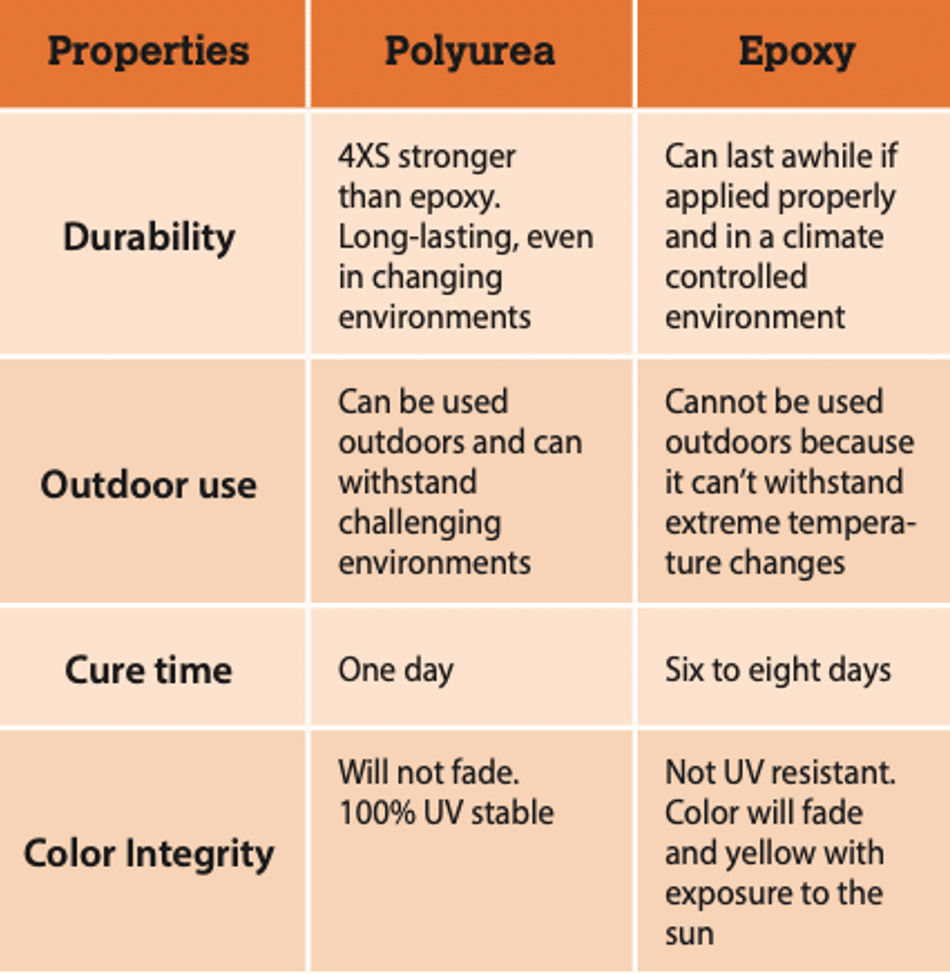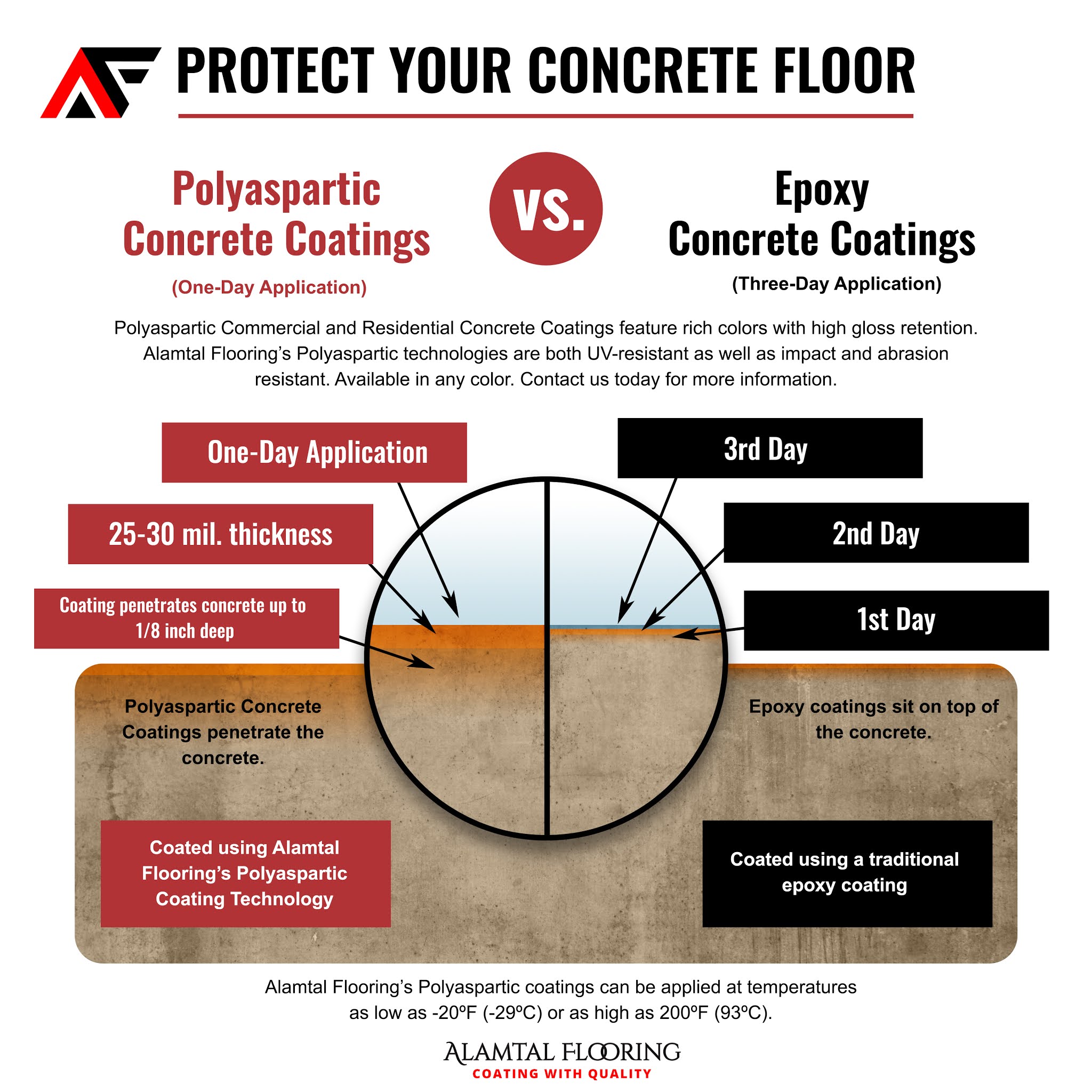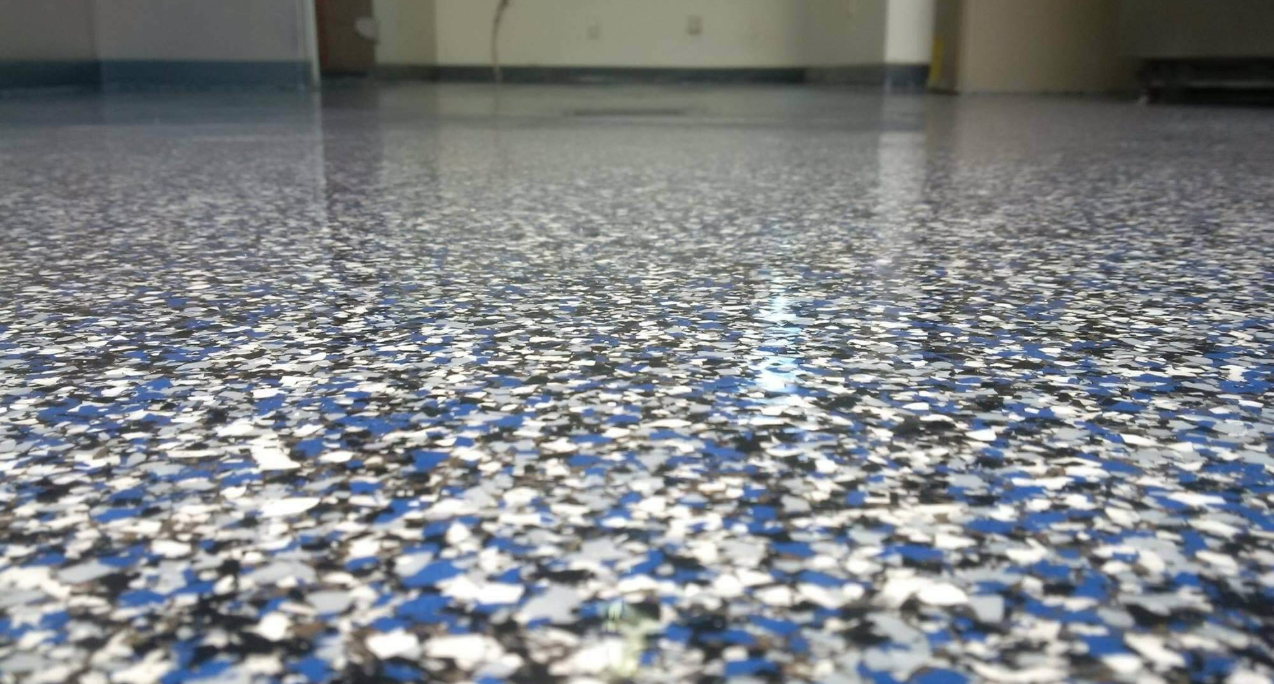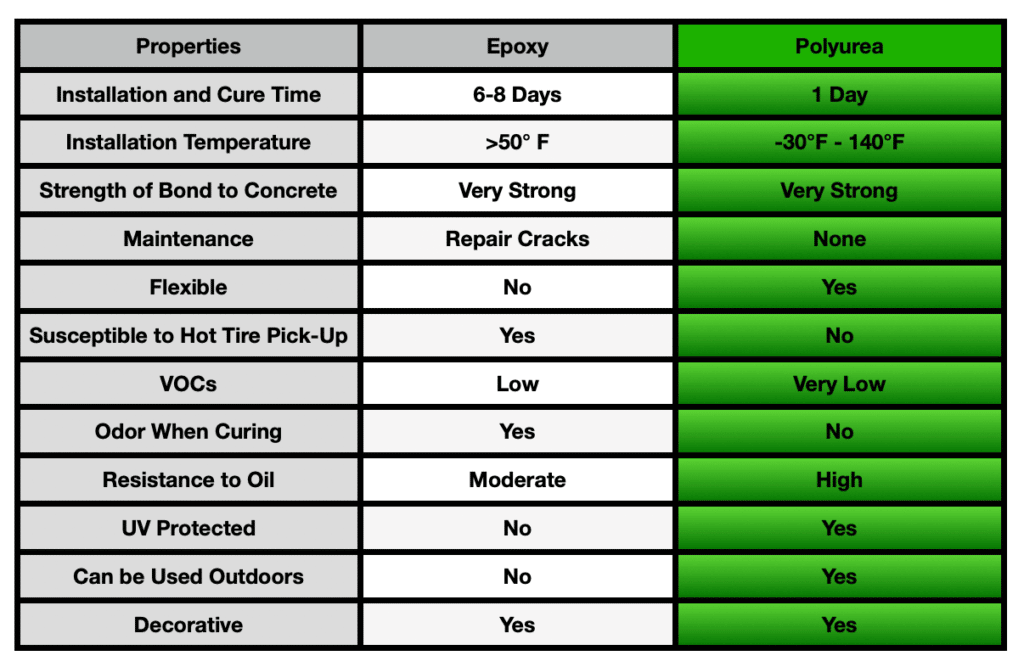Durability and Longevity
When it comes to the durability and longevity of flooring options, I can’t help but sing the praises of polyaspartic flooring. Having experienced both poly aspartic and epoxy flooring in various settings, I can confidently say that polyaspartic takes the crown in this category. The unique chemical composition of polyaspartic resins makes it incredibly resistant to abrasions, impacts, and chemical spills.
Its fast curing time also means that it forms a stronger bond with the concrete, resulting in a floor that can stand the test of time. Epoxy, on the other hand, offers decent durability, but I’ve noticed that it can be more susceptible to chipping and yellowing over the years. While both options have their merits, polyaspartic flooring has won my heart with its unparalleled durability and ability to maintain its glossy appearance for longer periods.
Installation Process and Downtime
Regarding the installation process and downtime, polyaspartic flooring has proven to be the clear winner for me. The rapid curing properties of polyaspartic coatings make the installation process a breeze. As someone who appreciates efficiency and minimal disruption, I was thrilled to find that my space was ready to use in just a fraction of the time required for epoxy flooring.
With polyaspartic, I experienced reduced downtime, allowing me to get back to my daily routines and activities without extended waiting periods. On the contrary, epoxy coatings demand more patience, as the curing process can take significantly longer. While both options eventually result in stunning floors, the quick installation and reduced downtime of polyaspartic flooring have left a lasting impression on me.
UV Stability and Color Retention
As someone who enjoys the natural sunlight streaming into my living spaces, the UV stability and color retention of flooring are vital considerations. This is where polyaspartic flooring has won me over, hands down. Polyaspartic coatings exhibit exceptional resistance to UV rays, ensuring that the vibrant colors of my floor remain unaffected even after prolonged exposure to sunlight.
On the other hand, epoxy floors have a tendency to yellow or fade over time when exposed to UV light. Having seen the stark difference between the two options in terms of color retention, I can confidently say that polyaspartic flooring is the way to go if you want your floors to maintain their beauty for years to come, regardless of the sun’s rays.

In my personal comparison between polyaspartic flooring and epoxy, polyaspartic emerges as the clear winner in several crucial aspects. Its outstanding durability and longevity make it a top choice for high-traffic areas or commercial settings. Moreover, the quick installation process and reduced downtime with polyaspartic flooring ensure minimal disruption to daily activities. Lastly, its impressive UV stability and color retention guarantee that the floor’s allure remains intact, even when exposed to direct sunlight. While epoxy flooring has its merits and may suit certain situations, I can confidently say that polyaspartic flooring has captured my heart with its exceptional performance and stunning results. Whether it’s for a residential or commercial space, I wholeheartedly recommend polyaspartic flooring for a long-lasting, visually striking, and worry-free flooring solution.
Polyaspartic Vs. Epoxy – The Benefits of Both Floor Skinz
Polyurea / Polyaspartic vs. Epoxy – MotorCity Floors and Coatings
Polyaspartic Vs. Epoxy Garage Floor Coating Best Materials
Related Posts:
- Epoxy Basement Floor DIY
- High Gloss Epoxy Floor
- Decorative Epoxy Flooring
- Epoxy Floor Garage DIY
- DIY Epoxy Kitchen Floor
- Best Epoxy Floor Paint For Garage
- DIY Epoxy Garage Floor
- Metallic Epoxy Floor
- DIY Garage Epoxy Floor
- Indoor Epoxy Flooring
Polyaspartic Flooring Vs Epoxy: A Comprehensive Comparison
The flooring industry has seen a revolution in the past decade, with several new materials and technologies being introduced. Two of the most popular floorings currently are polyaspartic flooring and epoxy. Both of these are excellent choices for commercial and residential establishments, but which one is better? In this article, we will explore the differences between polyaspartic flooring and epoxy in detail, so that you can make an informed decision when selecting a flooring material.
What is Polyaspartic Flooring?
Polyaspartic flooring is an aliphatic polyurea coating system that is applied over concrete surfaces. It is made from polyaspartic acid, which is a modified form of polyurethane. This type of flooring has a number of advantages over other types of coatings, including its excellent resistance to chemicals, high gloss finish, UV resistance, and its ability to adhere to concrete surfaces. Additionally, polyaspartic flooring can be installed quickly and easily.
What is Epoxy Flooring?
Epoxy flooring is a type of coating that is often used in commercial and industrial settings. It is composed of two parts – resin and hardener – which are mixed together to create a strong bond between the substrate and the epoxy itself. Epoxy flooring offers superior durability, chemical resistance, and an attractive finish, making it a popular choice for many businesses. Additionally, epoxy flooring can be easily installed over existing concrete surfaces and can last for several years with proper maintenance.
Advantages of Polyaspartic Flooring
Polyaspartic flooring offers several advantages over epoxy flooring. One of the main benefits is its fast curing time – it can be installed in as little as 4-6 hours after application, while epoxy takes at least 24 hours to cure properly. Additionally, polyaspartic flooring is more resistant to UV damage, chemicals, and abrasion than epoxy flooring. Furthermore, this type of flooring offers a higher-gloss finish than epoxy, which gives it a more attractive appearance.
Advantages of Epoxy Flooring
Epoxy flooring has several advantages over polyaspartic flooring. One of the main benefits is its high level of durability – it can last for many years with proper maintenance and cleaning. Additionally, epoxy offers excellent chemical resistance and can resist staining from a variety of substances. Furthermore, this type of flooring can be easily installed over existing concrete surfaces without having to remove or replace them first.
Polyaspartic Flooring vs Epoxy: Which is Better?
Both polyaspartic flooring and epoxy are excellent choices for commercial or residential applications. However, the choice ultimately depends on the specific needs and requirements of the customer. If you need a floor that needs to be installed quickly and offers excellent chemical resistance then polyaspartic may be the better choice. On the other hand, if you need a more durable and attractive finish then epoxy may be the better option.
FAQs about Polyaspartic Flooring vs Epoxy
Q1: What are some advantages of polyaspartic flooring?
A1: Some advantages of polyaspartic flooring include its fast curing time (it can be installed in as little as 4-6 hours after application), excellent chemical resistance, high gloss finish, UV resistance, and its ability to adhere to concrete surfaces without needing removal first.
Q2: What are some advantages of epoxy flooring?
A2: Some advantages of epoxy flooring include its high level of durability (it can last for many years with proper maintenance), excellent chemical resistance, attractive finish, and its ability to be easily installed over existing concrete surfaces without needing removal first.
Q3: What factors should I consider when choosing between polyaspartic and epoxy?
A3: When choosing between polyaspartic and epoxy for your project you should consider the specific needs and requirements





